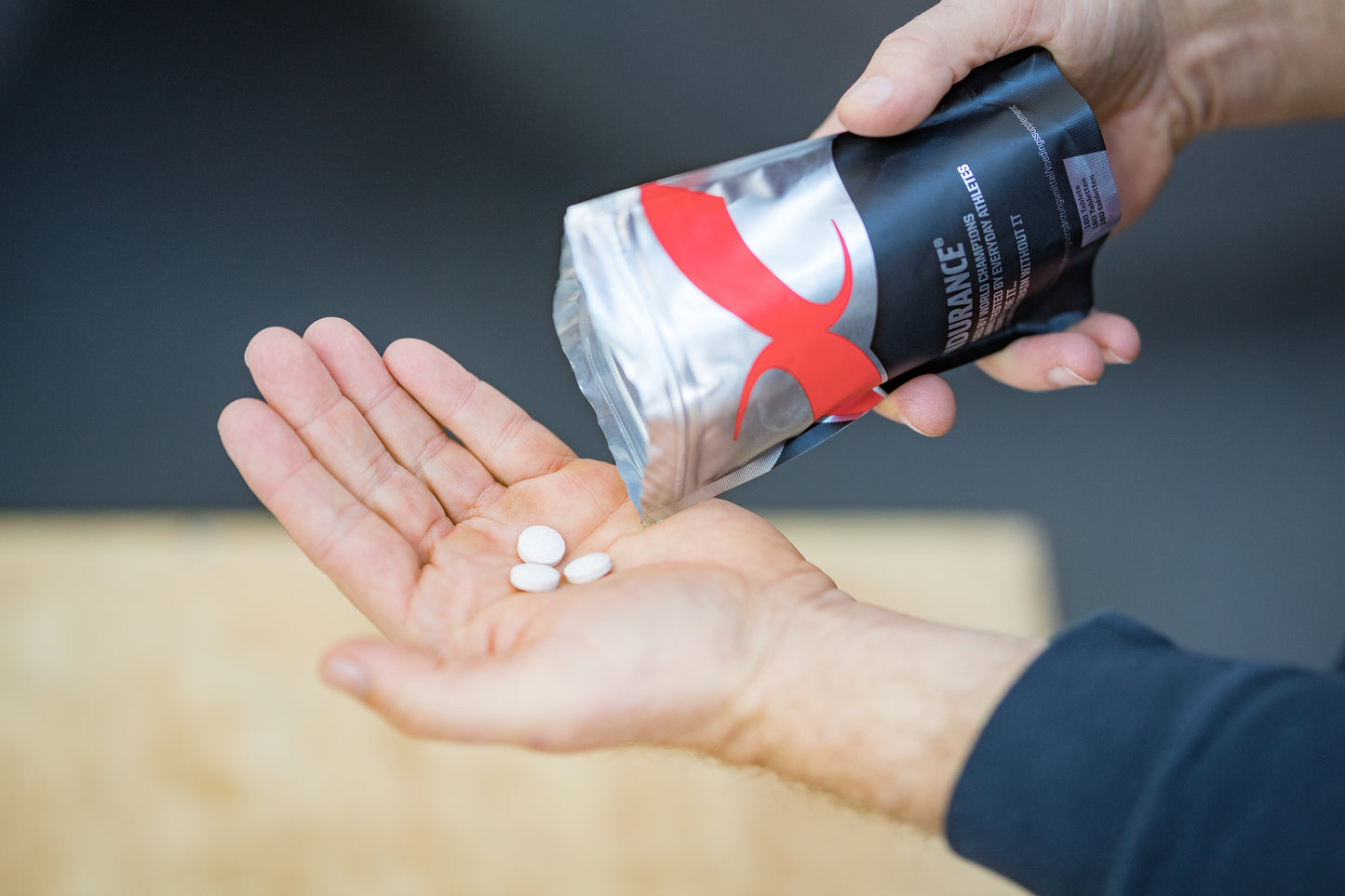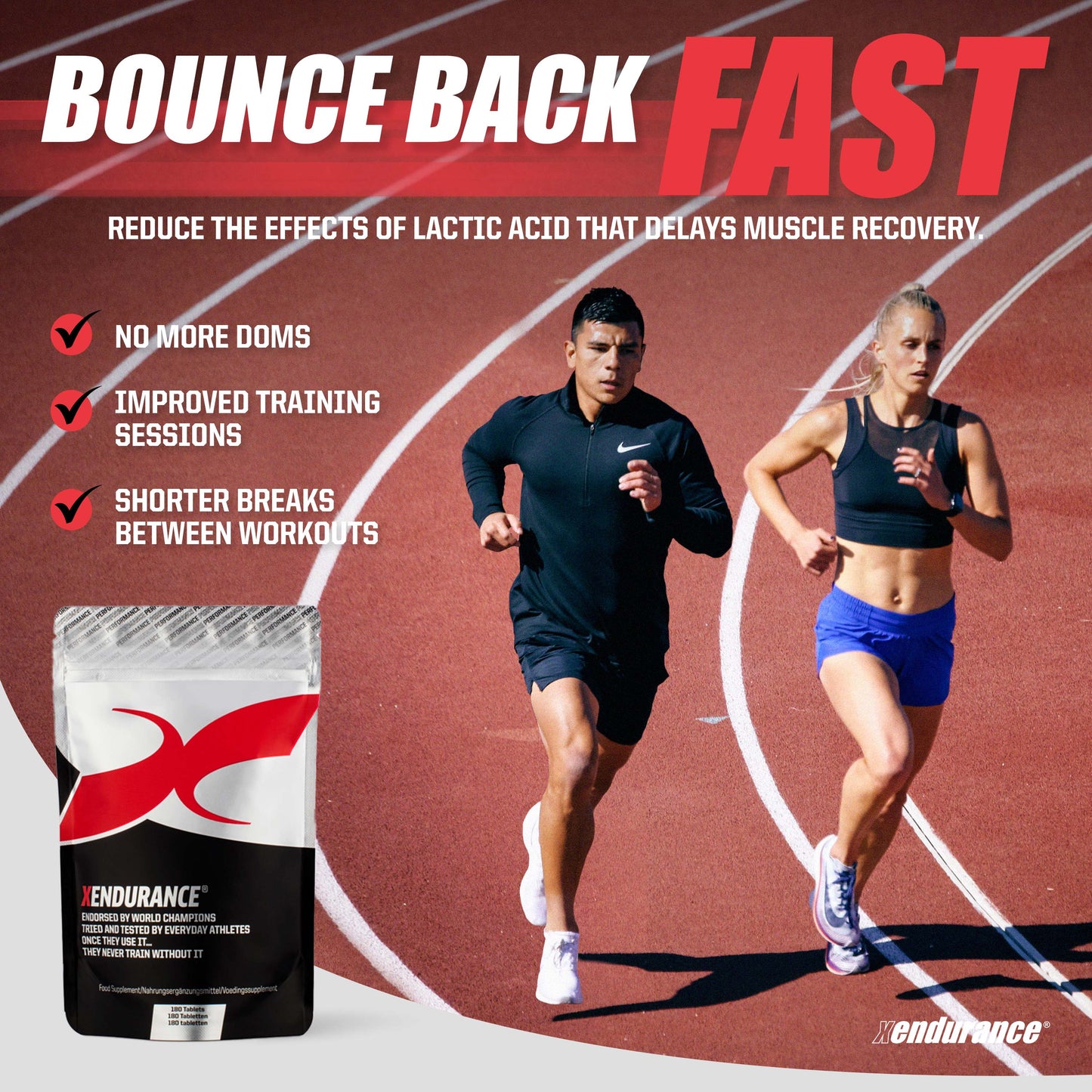Commuting by bike to and from work is beneficial on several levels. Aside from the obvious benefits to the environment, a twice-per-day bike commute can also serve to improve your health, your focus on tasks at work (early morning aerobic exercise tends to have this effect) and your cycling or triathlon performance, if planned properly and integrated into a well-conceived training program.
Above all, commuting to work on your bike is an opportunity to efficiently increase your cycling training volume above the level you would be able to attain if you drove to work and had to find other times to do your bike training. This extra time in the saddle will increase your cycling fitness and probably make you leaner, thus improving your all-important power-to-weight ratio.
Before I address the training aspect, I’ll give you some advice regarding showers after your morning ride to work. You definitely don’t want to allow any post-ride mustiness to impact your relationship with your co-workers. So if you don’t have workplace showers available, you can work around it by using baby wipes or other sanitiser and a clean change of clothes.
Assuming you average 25 to 30 kph, your 13-kilometre commute takes 20 to 30 minutes’ door to door. I would like to see you try to go at least 30 minutes, perhaps by adding another couple of km each way, to maximise the training effect. Here are other suggestions to consider:
DON’T COMMUTE EVERY DAY: Riding is important, but so are swimming and running if you wish to be a competitive triathlete. Too much ride time can detract from your ability to do the appropriate amount of swim and run training to achieve your goals. I suggest commuting two days per week, three max.
FOCUS ON TECHNIQUE: Newer athletes should develop their technical skills before “dropping the hammer.” For example, during the morning commute, commit to a cadence of 100 to 110 rpm and learn to pedal efficiently, without bouncing or unnecessary upper body movement. For the afternoon commute, maintain the same high cadence and also stand to pedal periodically to develop ease and smoothness in that transition.
GO FOR QUALITY: Once you have developed a solid base of fitness, and as your events draw closer, start integrating quality, or high intensity, into your workouts. For example, warm up for 10 minutes with a fast spin and do some openers—short, hard 20 to 30 second efforts with equal amounts of easy spinning between them. Then, hammer out an eight-kilometre threshold effort at, or slightly above, your anticipated race pace, maintaining a lower cadence in the 70 to 80 rpm range to build strength. Use the morning workout as your technique session and this quality workout as your afternoon ride.
DON’T GET STUCK IN A RUT: In other words, don’t train in the grey zone of moderately high intensity every day. When doing shorter workouts, it’s easy to think that, every day, harder is better. Training sort of hard day after day is the biggest mistake newer triathletes tend to make. Remember to differentiate each workout, with some focused on aerobic base and technique and others focused on high-quality threshold training.
Overall, you’ll see a notable boost in performance in your cycling as a result of regular commuting to and from work. Just don’t forget the baby wipes. And maybe don't leave that £2500 Tri bike locked up outside your office...










